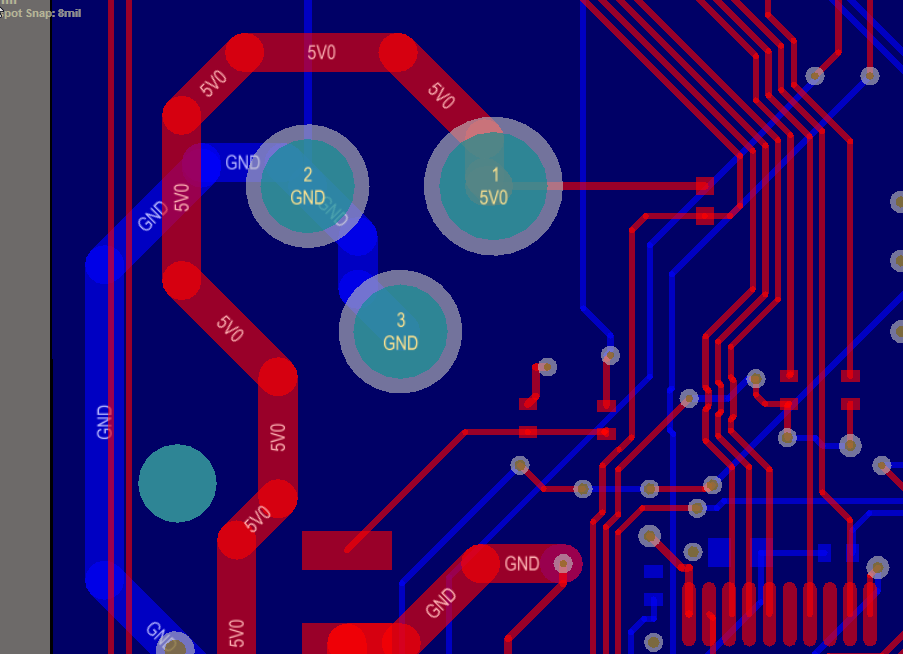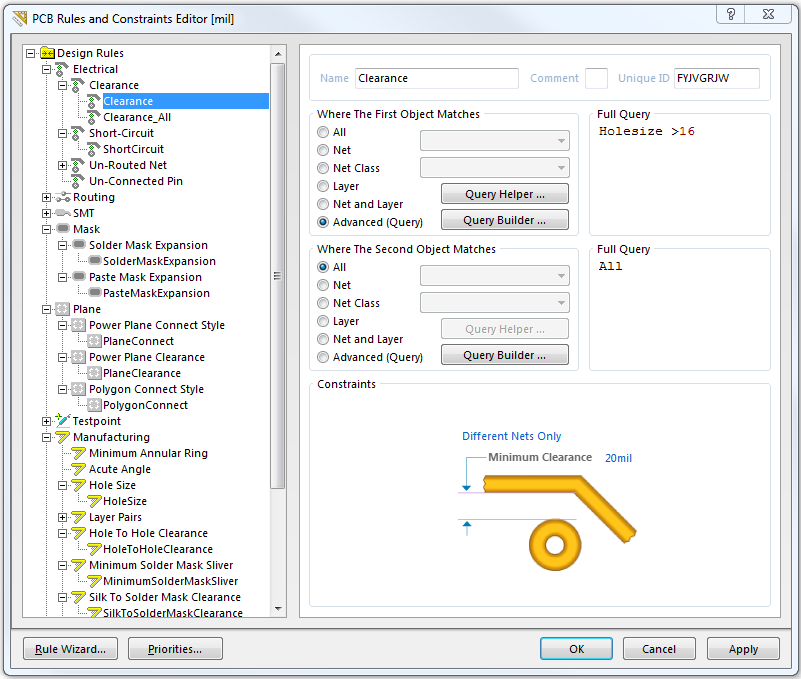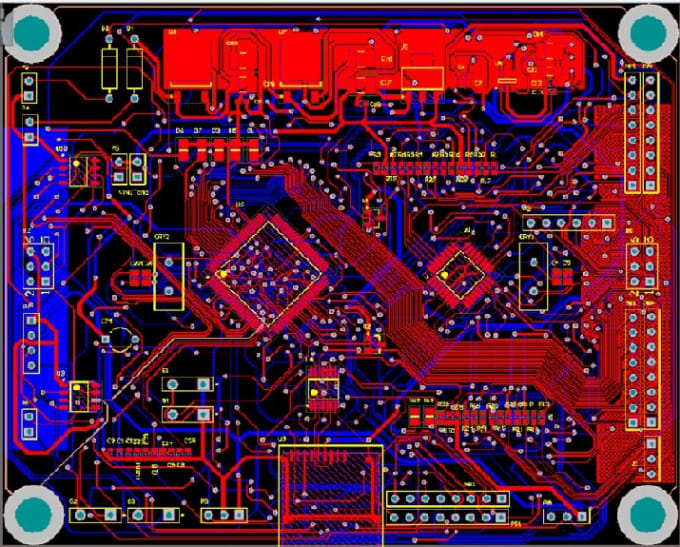
Add useful Design Notes on the schematic.Use distinctly and clear names for schematics.For example: Use CPU_HDMI and CPU_LVDS instead of CPU1 and CPU2.Name schematics with clear and short name.Place all labels, designators, pins, text etc.Preliminary: Connections done, Quiet close to final.Draft: Blocks, just the structure of the schematic.Schematic status with date (Draft, Preliminary, Checked, Released).

Draw circuits in functional block and use Net Labels for connecting blocks to each other.Draw circuits from left to right and top to bottom.L: Show the Layers dialog box to adjust the visible layers and/or enable/disable layers.D Then T Then D: Selects the “down” configuration (all bottom layers).D Then T Then U: Selects the “up” configuration (all top layers).These views and their key shortcuts are user configurable. D Then T Then : Select a view configuration.Stops the selection at a via, pad or intersection. S Then S / Ctrl + H: Enables you to select a section of connected copper.*: Increment/Decrement through routing layers only.+ / -: Increment/Decrement through the enabled layers.Shift + S: Hide all but selected layer.E Then M Then M: Move component (useful for when you can’t select it because it’s ontop of other components).



T Then A Then U Open the “Quick Annotate” window.T Then A Then A: Open the “Annotate” window.T Then C: Cross-probe a net, pin or component between the schematic and the PCB.Q: Toggle the measurement unit system between metric and imperial.D Then O: Open the “Document Options” window.D Then U: Update the PCB with any schematic changes.+400 Shortcuts for Altium Designer Schematic Designer This document is currently in a work in progress.Īll Altium Designer Shortcut Keys How to design a standard PCB layout using Altium Designer Altium Designer Notes and PCB Design Guidelines


 0 kommentar(er)
0 kommentar(er)
